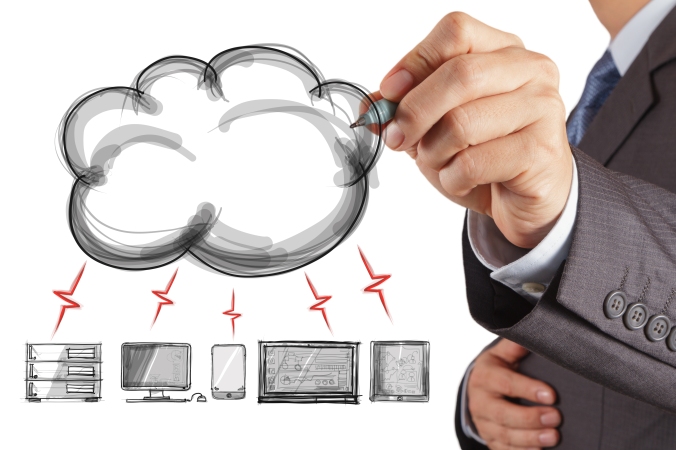Internet of things is affecting the insurance sector also. Competition prods insurers to increase efficiencies. To be successful in market critical issues like data integrity and reduction in errors have to be handled effectively. Secondly, processes need to be faster at reduced cost. It is at this stage insurers look upon IT services for innovation, efficiency and to increase bottom line profits.
The Insurance sector is huge with diverse groups involved in it. Who are the stakeholders in the insurance sector? This is important to provide solutions that will benefit all. Insurers, reinsurers, regulators, underwriters, agents, IT consultants, and policyholders comprise the stakeholders.
Policyholders want fast processes, ready information, State wants regulatory compliance, insurers want to reduce costs and increase profits. To realize everything processes and operations need to be streamlined. At the same time it is important to identify risks and address the same. Risks comprise solution risk, execution risk, resource risk which restricts insurers from living up to the expectations of its stakeholders.




